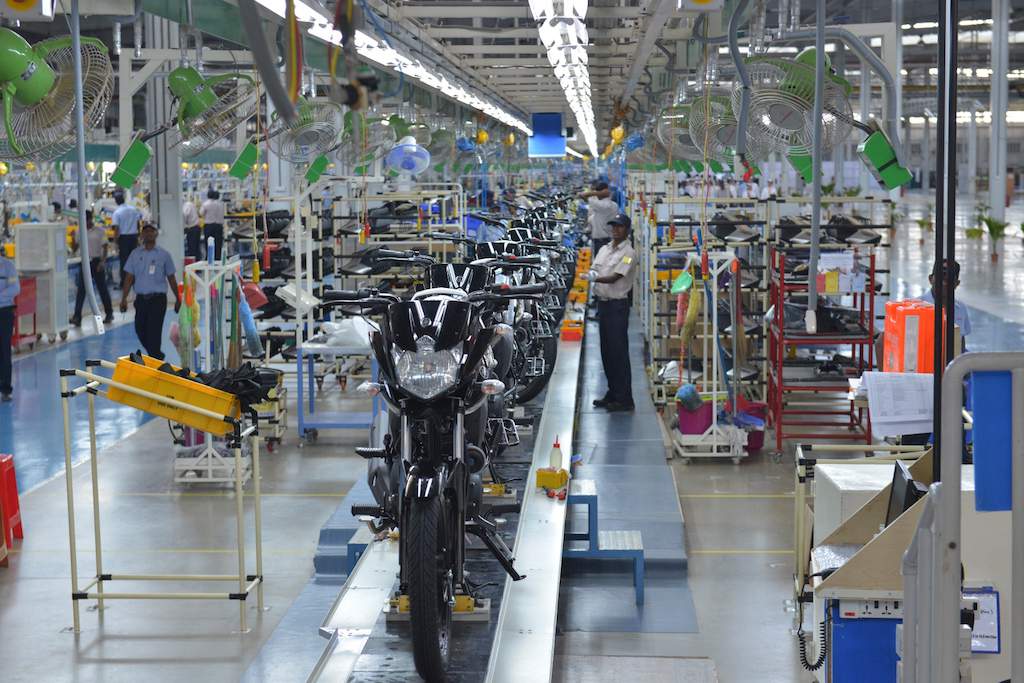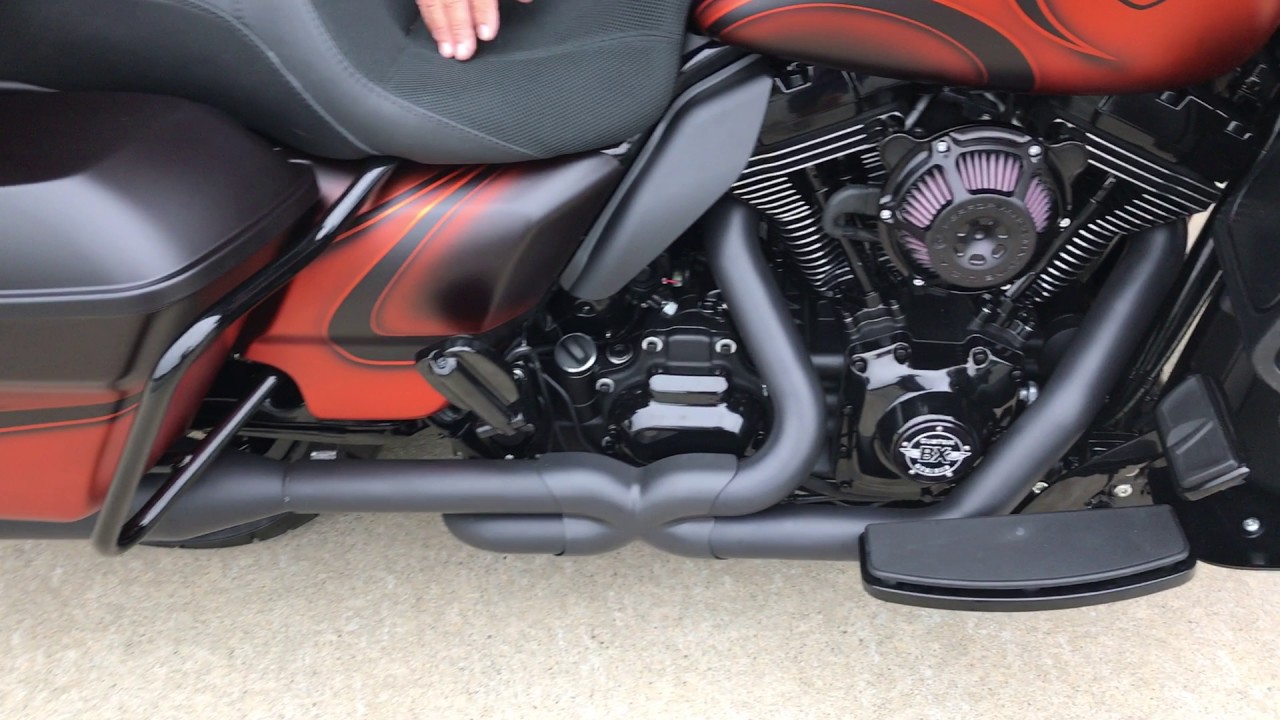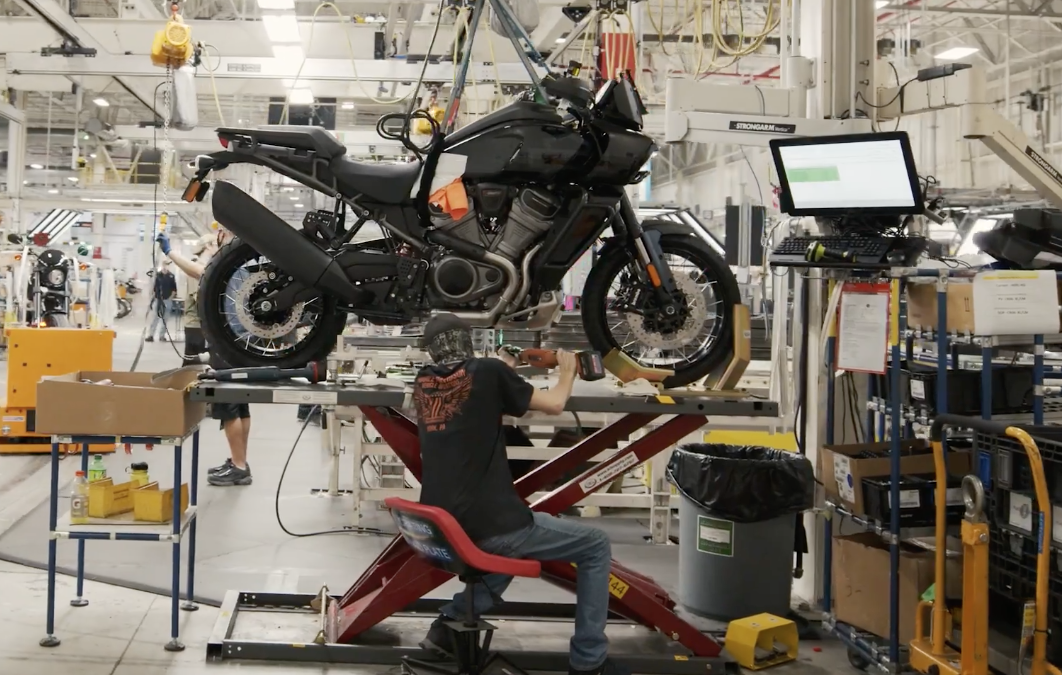Painting your motorcycle exhaust can be a tremendously rewarding experience. Whether you want to personalize your ride or simply give it a fresh, new look, this guide will walk you through the process of how to paint a motorcycle exhaust. With a little patience and the right tools, you can achieve professional-looking results.
In this article, we will cover everything you need to know about painting motorcycle exhausts, from the preparation stage to the final touches. Stay tuned for a detailed guide that will leave you feeling delighted with your paint job.

1. Why Paint Your Motorcycle Exhaust?
There are several reasons why you might want to paint your motorcycle exhaust. For one, it can significantly enhance the aesthetic appeal of your bike. A well-painted exhaust can make your motorcycle stand out and reflect your personal style. Additionally, a new coat of paint can protect the exhaust from rust and other elements, prolonging its life.
Benefits of Painting Motorcycle Exhaust
- Improved appearance
- Protection against rust
- Personalization of your bike
- Increased resale value
2. Gathering the Right Materials
Before you start painting your motorcycle exhaust, it’s crucial to gather all the necessary materials. Having everything on hand will make the process smoother and more efficient.
Essential Materials
- Heat-resistant paint
- Primer
- Sandpaper (various grits)
- Painter’s tape
- Degreaser
- Drop cloth
- Protective gear (gloves, mask, goggles)
3. Preparing the Exhaust for Painting
Preparation is key when it comes to painting your motorcycle exhaust. Proper prep work will ensure that the paint adheres well and provides a smooth, long-lasting finish.
Cleaning the Exhaust
Start by thoroughly cleaning the exhaust to remove any dirt, grease, or grime. Use a degreaser and a clean cloth to wipe down the surface. Make sure the exhaust is completely dry before moving on to the next step.
Sanding the Surface
Once the exhaust is clean, use sandpaper to roughen up the surface. This will help the primer and paint adhere better. Begin with a coarse grit and gradually move to a finer grit for a smooth finish.
4. Applying the Primer
Primer is essential for a smooth and durable paint job. It helps the paint adhere better and provides a uniform base for the color coat.
Choosing the Right Primer
Select a high-quality, heat-resistant primer specifically designed for metal surfaces. This will ensure that the primer can withstand the high temperatures generated by the exhaust.
Application Process
Apply a thin, even coat of primer to the exhaust, following the manufacturer’s instructions. Allow the primer to dry completely before applying additional coats if necessary.
5. Painting the Exhaust
Now comes the fun partapplying the paint! Choose a color that complements your bike and expresses your personality.
Selecting the Paint
Opt for a heat-resistant paint specifically formulated for exhaust systems. This type of paint can withstand the high temperatures and prevent peeling or discoloration.
Application Tips
- Apply multiple thin coats rather than one thick coat.
- Hold the spray can at a consistent distance from the surface.
- Use smooth, even strokes to avoid runs and drips.
6. Curing the Paint
After painting, it’s essential to properly cure the paint to ensure its durability and longevity.
Heat Curing Process
Follow the paint manufacturer’s instructions for curing. This typically involves running the engine at specific intervals to gradually heat the exhaust and set the paint.
7. Final Touches
Once the paint is fully cured, it’s time to add any final touches. This might include applying a clear coat for added protection and shine.
Additional Protection
Consider using a high-temperature clear coat to seal the paint and prevent damage from heat and the elements.
8. Maintenance Tips
To keep your painted exhaust looking its best, follow these maintenance tips.
Regular Cleaning
Regularly clean the exhaust to remove dirt and debris, which can cause the paint to deteriorate over time.
Avoid Harsh Chemicals
Avoid using harsh chemicals or abrasive cleaners, as they can damage the paint.
7. FAQ
Can I use regular paint on my motorcycle exhaust?
No, you should use heat-resistant paint specifically designed for exhaust systems. Regular paint will not withstand the high temperatures and may peel or discolor.
How long does the paint job last?
A well-done paint job can last several years with proper maintenance. However, exposure to extreme heat and harsh conditions may reduce its lifespan.
Is it necessary to remove the exhaust before painting?
While it’s not absolutely necessary, removing the exhaust can make the painting process easier and ensure a more thorough and even coat.
External Resources
Learn more about Factory Custom Paint to get some inspiration for your motorcycle paint job.

